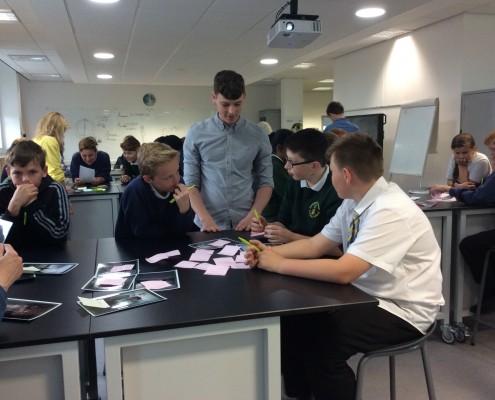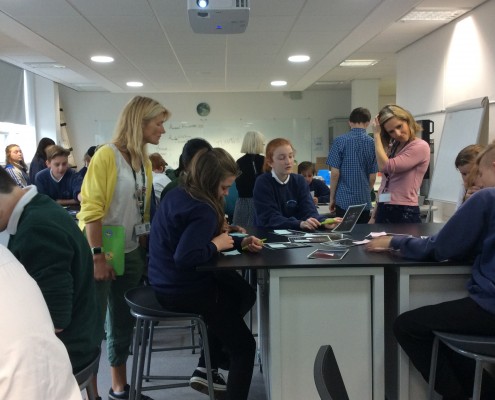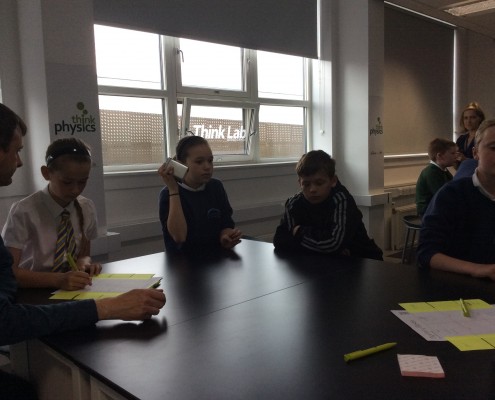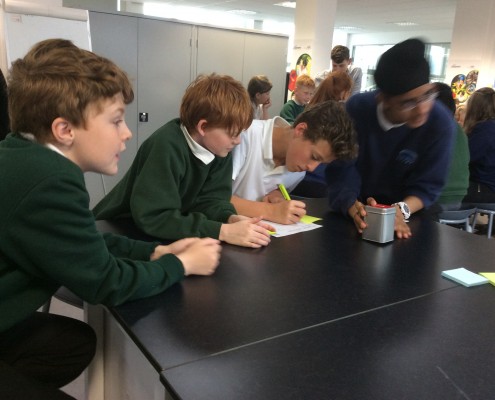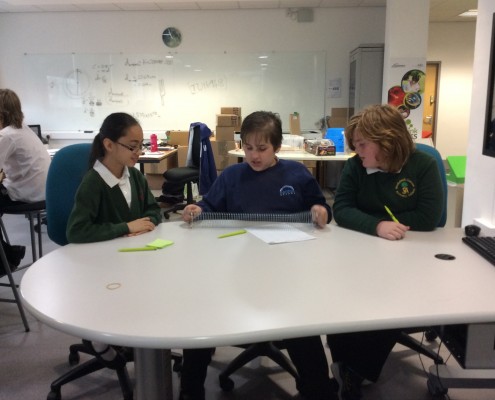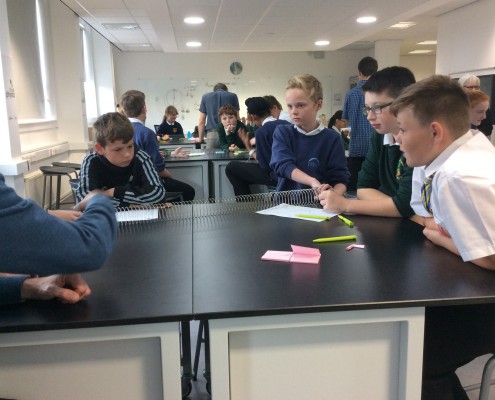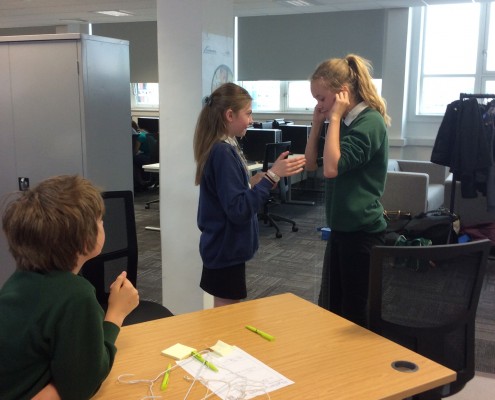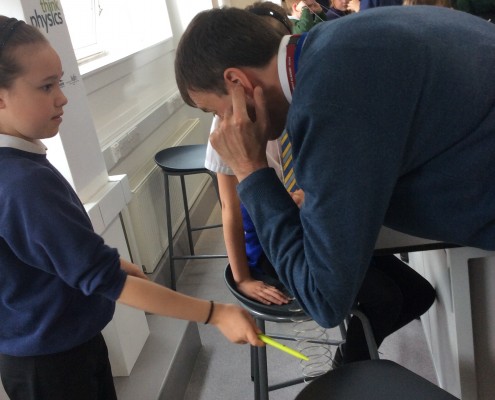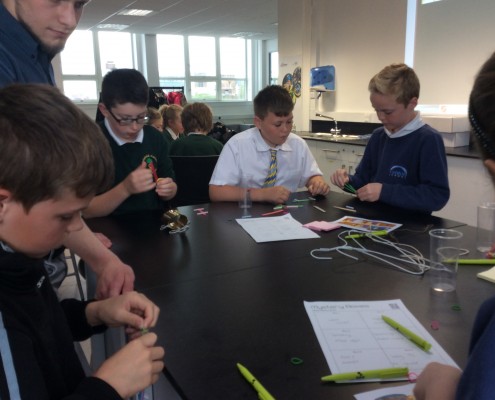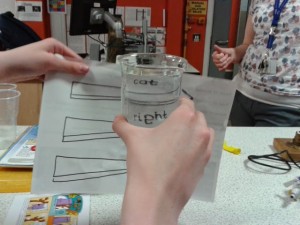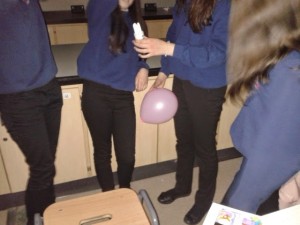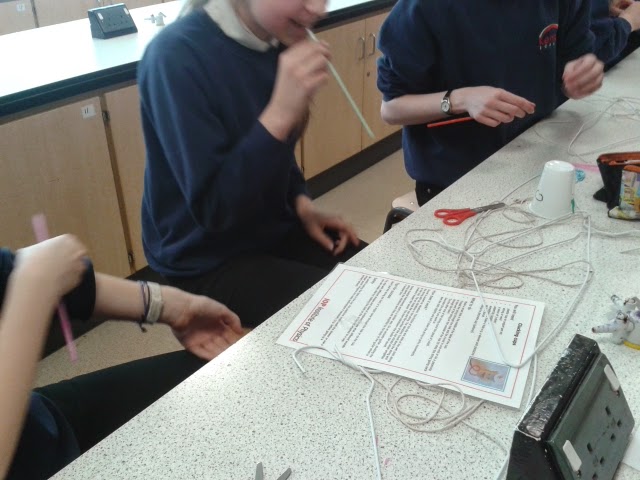6th January: Explore your Universe
Happy New Year, Kenton! What a great way to start the year; exploring the universe from the incredibly tiny to the unbelievably large. You can find out more about very tiny or very large things using this The Scale of the Universe animation. I could spend all day zooming in and out. We talked about protons, neutrons and electrons today, but we didn’t mention the even smaller particles that they are made of. Have an explore. Did you spot the transistor gate that’s about the size of a virus? These are what give your phone its processing power. Current transistors are as small as 7nm – that’s 0.000007mm. The smaller they are, the more we can pack onto a microchip and the more processing power we can get. However, it looks like we might struggle to make them any smaller. As we get smaller we enter the realms of “quantum tunneling” which can cause all sorts of problems. To prevent this, we may have to start making our chips out of something other than silicon. (I like mine made out of potato! ba-dum-tish!)
One option might be a new material invented in Manchester called Graphene. It is only a single atom thick and could be used to make even smaller transistors. It’s super light and super strong and is changing the way we design and construct new products. If you want to get a glimpse of the material of the future, look here.
We also looked at the International Space Station, which you can watch, live, here. If you want to see the ISS fly overhead, use the tracker website here. You can give Tim a wave, and if you tweet him first (@astro_timpeake), he might just wave back!

